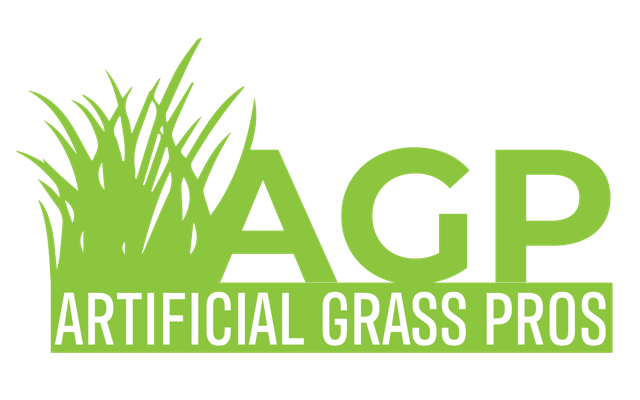In recent years, artificial turf has gained popularity as a low-maintenance alternative to natural grass in residential and commercial landscapes. Its lush appearance and minimal upkeep requirements make it an appealing option for many homeowners and property managers. However, before diving into the installation process, there are several important factors to consider. Let’s explore some key things you should know before deciding to install artificial turf.
- Cost Analysis: While artificial turf can save money in the long run due to reduced maintenance and water costs, the initial installation can be pricey. Evaluate your budget and compare the upfront costs of installation with the long-term savings to ensure it aligns with your financial plans.
- Quality of the Product: Not all artificial turf is created equal. Investigate different brands and types of turf to find one that suits your needs. Consider factors such as durability, UV resistance, and realistic appearance. Investing in high-quality turf will ensure longevity and satisfaction with your installation.
- Climate Compatibility: Artificial turf performs differently in various climates. While it thrives in sunny and dry conditions, extreme heat can cause it to become uncomfortably hot. Research the specific climate considerations for your region to ensure that astro turf is a suitable option for your outdoor space.
- Maintenance Requirements: Although artificial turf requires less maintenance than natural grass, it is not entirely maintenance-free. Regular brushing, cleaning, and occasional grooming are necessary to keep it looking its best. Understand the maintenance requirements and factor them into your schedule and budget.
- Installation Process: Proper installation is crucial for the longevity and performance of artificial turf. Whether you choose to DIY or hire a professional installer, ensure that the sub-base is properly prepared, and the turf is installed correctly according to manufacturer guidelines.
- Drainage System: Adequate drainage is essential to prevent water buildup and potential damage to the turf. Evaluate the existing drainage system in your yard and make any necessary modifications to ensure proper water flow away from the turf surface.
- Environmental Impact: While artificial turf eliminates the need for water and pesticides, it has its own environmental considerations. Synthetic materials are not biodegradable and can contribute to landfill waste at the end of their lifespan. Consider eco-friendly options or recycling programs offered by manufacturers to mitigate environmental impact.
- Local Regulations and Restrictions: Before installing artificial turf, check with your local authorities for any regulations or restrictions regarding its use. Some homeowner associations or municipalities may have guidelines regarding turf height, color, or installation methods that you need to adhere to.
- Long-Term Durability: When properly maintained, artificial turf can last for many years. However, factors such as foot traffic, exposure to sunlight, and extreme weather conditions can affect its lifespan. Choose a turf product with a warranty and consider factors that may impact its durability over time.
- Aesthetics and Landscaping Integration: Synthetic grass can enhance the aesthetics of your outdoor space, but it’s essential to consider how it will integrate with your existing landscaping and hardscaping features. Plan the layout carefully to create a cohesive and visually appealing environment.
By considering these important factors before installing artificial turf, you can ensure a successful and satisfying landscaping project that enhances the beauty and functionality of your outdoor space for years to come.

Recent Comments